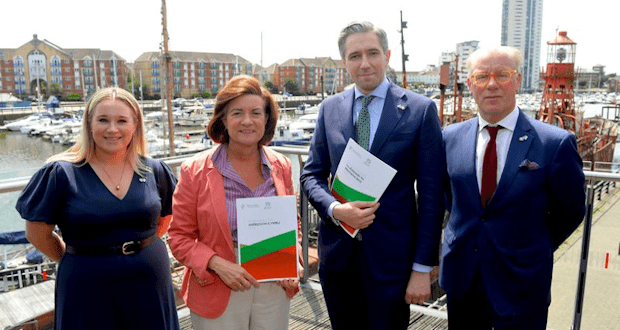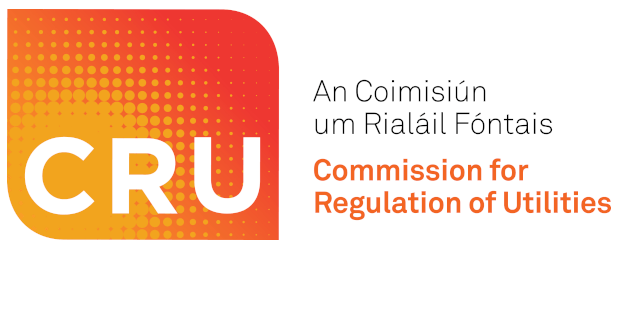3 February 2023
MaresConnect Limited (MCL) welcomes the Department for Business, Energy and Industrial Strategy’s (BEIS) consultation on Capacity Market published on 9 January 2023 (the Consultation).
We set out below some general points relating to interconnectors and their important contribution to the Capacity Market and request BEIS considers these points in making any changes to the capacity markets arrangements.
Penalty regime
The UK generation market continues to be dominated by six large players, whose large portfolio of generation assets and balance sheets places them in an advantageous position to manage penalties in the event they fail to meet the requirements of the capacity market rules. Any changes in the penalty regime should be designed to avoid increasing the dominance of the Big 6 and foster an environment where small or new entrants to the market can successfully compete. We note BEIS’ proposal to increase the size of the nondeliverability penalty in the future and suggest a review after implementation to ensure the penalty increase does have unintended or negative results in achieving net zero.
Single-year capacity market contracts support little, if any, debt finance. Multi-year contracts are bankable under the right conditions. This can provide the stimulus for new build green CMU plant. In some cases, a long-term capacity market contract will provide the support to debt finance new build generation. Lenders will be cautious of a penalty regime that can lead to breaches of normal bank covenants or failure to meet debt service.
This can lead to higher lending costs or lenders refusing to advance funds under a new penalty regime. We recommend that any changes to the penalty regime is reviewed in the light of existing financing arrangements and its potential impact on future financing of generation projects.
Aligning the Capacity Market with net zero
Since the commencement of the Capacity Market in 2014, the Government has materially changed its environmental targets leading to a net zero commitment by 2050. The commitment is at odds with a policy to stimulate the development and prolongation of carbon emitting generation to feed into the Capacity Market. Changes to the Capacity Market should be consistent with the Government’s overarching objective of decarbonisation and focus on developing sunset provisions for existing fossil fuel generation and avoid providing support for new build carbon intensive generation. Long-term Capacity Market contracts should be reserved to stimulate investment in renewable power generation and related infrastructure, including storage and interconnectors, and to deliver it to the network at moments of stress.
Carbon intensive generation
We recognise that there will need to be some legacy provisions for carbon intensive generation to ensure consumers are protected during the transition to net zero. The recent rise in carbon and gas prices is expected to reduce the proportion of capacity allocated to gas fired power generation from its dominant 67.5% of the total capacity allocated in the last auction, however, to ensure a structural shift away from carbon the Government will need to send clear pricing/support signals.
This can be achieved through the reduction of multi-year contracts offered to the most polluting generators and an increase of the same to renewable generators and infrastructure. Interconnectors, which represented 15.9% of the total capacity of the auction, have been able to compete successfully in auctions with single year contracts. The Cap & Floor regime has been helpful in providing the support to the build out of interconnector capacity, however interconnectors such as ElecLink and IFA, who do not benefit from a regulatory support regime, are also successful participants in the GB Capacity market auctions.
Secondary trading
To date the market has seen a small number of secondary trades of capacity agreements, allowing units to transfer their secured CMU agreements to other parties, usually when the unit holding the agreement has decided to retire earlier than planned. [1]
However, the frequency of secondary trading could be expected to increase for two
reasons:
- as more capacity reaches the end of its life, the probability of capacity closing
prematurely and at short notice increases; and - the introduction of severer penalties discussed earlier is likely to see CMU’s want the option to lay off positions of excess risk in the secondary market.
In addition to facilitating the management of a CMU’s capacity agreements, a wellstructured
secondary market could allow new, qualified third parties to enter the capacity market rather than participating in the auctions and benefit from a transparent market. Frontier Economics and LPA noted in their May 2021 paper another possibility, being explored through a BEIS funded project, to automate the process of transferring capacity and allowing local Distribution System Operators who have not secured CMU contracts, to be offered the same in the secondary market.
A platform to facilitate these trades would lead to a more efficient Capacity Market. CMUs would have greater confidence bidding in an auction knowing that if excess capacity is won and/or market fundamentals change (e.g., a sharp increase in gas prices), there is the option to sell excess capacity to other CMUs who can better manage such risk and additional capacity.
There are numerous entities that would be qualified to run secondary market auctions and maintain liquidity. BEIS’s 2021 consultation suggested the ESO as one potential candidate, however, market participants may find an existing established commodity exchange that is independent and already trading energy products as a more logical platform. Such exchanges already operate robust system infrastructure to run auctions and maintain liquidity. In many cases the potential auction participants are already existing exchange customers. This would obviate the need for the ESO to develop a new system and potentially the requirement to obtain financial licences both in the UK and abroad.
CMU De-rating factors
We note at section 2.1 of this Consultation that the “The government is also continuing to consider a range of approaches to the derating process and has therefore not brought forward proposals as this time.”
De-rating factors have a material impact on the cost of Capacity Market and should be considered as part of a future review of the CM market. We note FTI’s note on behalf of National Grid Ventures highlighted that “reducing interconnector capacity in the most recent auction by a further 1GW would have cost consumers over £80 million” [2]. The note concludes that historically, interconnectors would be available 75-95% of the time during moments of stress. Current de-rating factors are considerably lower than this and restrict the capacity interconnectors can offer the capacity market thereby creating an inefficiency to GB consumers.
We are available to discuss further any of the points made above.
Yours sincerely,
Simon Ludlam
CEO
Mares Connect Limited
3rd March 2023
[1] Following the closure of RWE’s Aberthaw coal fired power station in March 2020 the station’s existing Capacity Market agreements for the years 2019/2020 and 2020/2021 were transferred to other market participants and a small proportion to other units within RWE’s fleet.
[2] FTI: Securely Connected: The contribution of electricity interconnectors to GB security of supply



